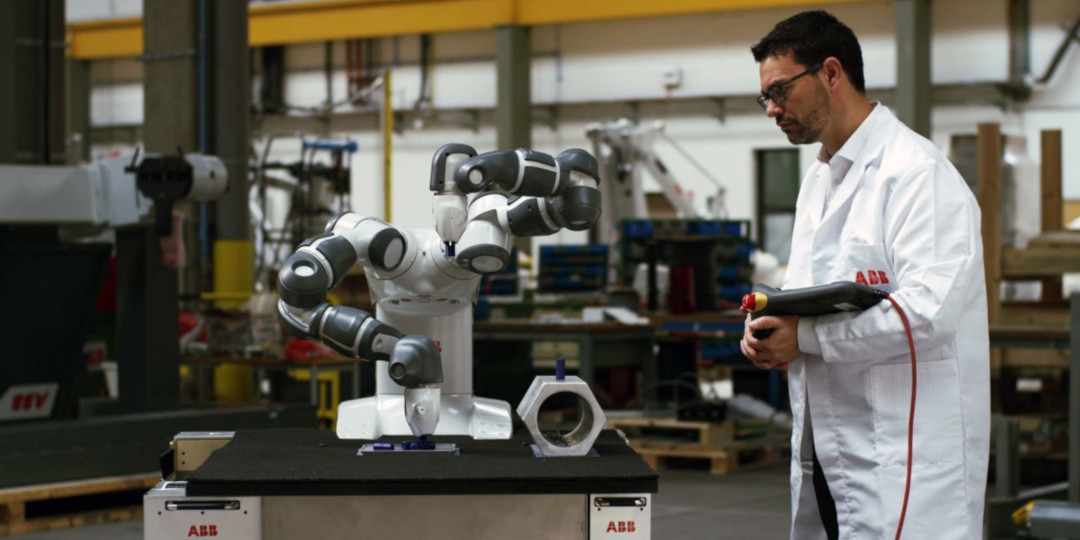The 3D printing industry has been around for 25 years. Recently, however, a technological shift has occurred, causing it to be viewed as a viable alternative to traditional methods of manufacturing. This has resulted in an increase in 3D printing in a professional setting, largely due to higher levels of accessibility.
“Big companies and midsized companies used to have big printers in the basement,” Merijn Neeleman, Ultimaker’s director of portfolio management, says. “There was one central location with one expert knowing everything, knowing how to handle complex machines. It was like a shop within the company.”
This expert acted as a gatekeeper between 3D printing technology and the employees within the company. Smaller companies, meanwhile – those without the resources for 3D printers of their own – relied on service providers, which acted in much the same capacity.
From print shop to desktop
But things have changed. Printers are now accessible in cost and size, both as it relates to physicality and infrastructure demand: power consumption, physical space, air filtration systems. They are also easy to support and maintain. This has allowed 3D printers to become a go-to option for creating everything from prototypes to end-use parts.
“It’s very disruptive and builds a whole new generation,” Merijn says.
Sylatech uses the Ultimaker to prototype sample parts for its customers, allowing them to test their designs without having to invest in tooling ahead of investment casting
The fact that 3D printers have moved “beyond the basement” to occupy an integral place in many companies’ day to day operations fits perfectly with the processes and theories of Industry 4.0.
Let's get digital
As a movement, Industry 4.0 is all about digitization – of workflows, of warehouses, of supply chains. It hinges on reduced cost, and increased speed and convenience.
“The idea behind Industry 4.0 is digital manufacturing, making sure you have full digital control over your production, and that if things go physical there is a digital twin or representative.”
Industry 4.0 and 3D printing also encourage proactivity. They empower people in the workflow to make their processes more efficient. If people can print themselves, there is no need for outsourcing, for filling out forms, for convincing a boss, for waiting for orders of prototypes, or end-use parts, or molds to come – not to mention paying for those orders. In other words, 3D printers play into the on-demand economy, allowing users to create what they want, when they want it.
“Creativity leads to solving all sorts of problems in the world. We take a modest part in that," Merijn says. "The moment you place a printer between people, you get more iterations.”
ABB Robotics uses Ultimaker to print robotic fingers from aluminum, which were previously very costly and took about five weeks for each iteration. The 3D printed designs, however, cost almost nothing and took about an hour to create
Innovation starts here
But what is Ultimaker’s place in both the 3D printing industry and Industry 4.0? Its printers are compact, powerful, with a varied range of professional applications that grows by the day. There’s also the software – Ultimaker Cura and Ultimaker Digital Factory. Together, they create a system that ensures people can take initiative while centrally maintaining a grip on quality, in terms of processes and materials.
Companies around the globe are already taking advantage of all Ultimaker has to offer. From Heineken to personalized shoes, from Ford to robotics, 3D printing is transforming business operations, fueling innovation, driving progress, and riding the wave of Industry 4.0.
























